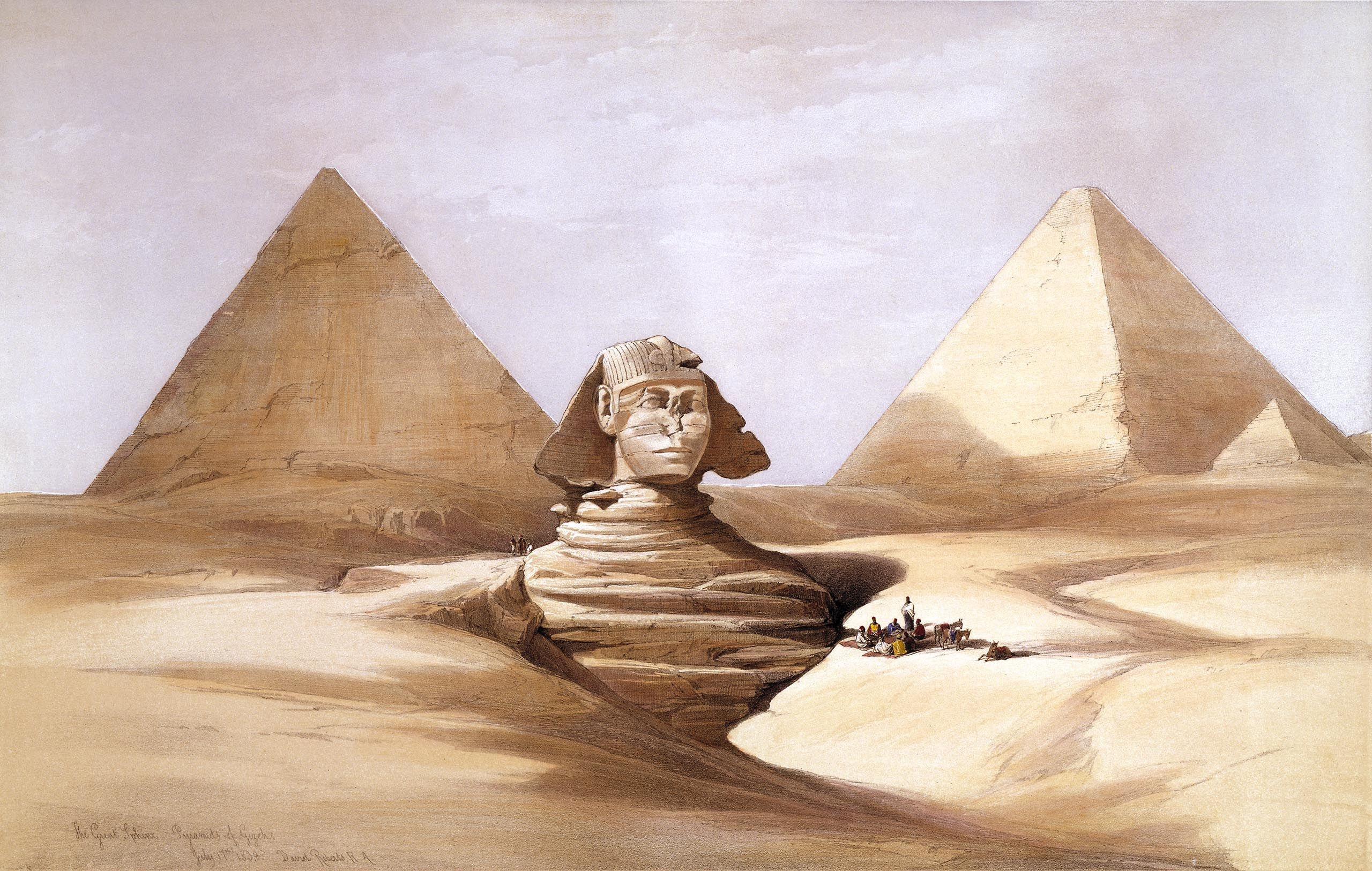The story of human migrations to all corners of the world are vibrant, and showcase the sheer spirit of human exploration as we venture into new lands. From our humble beginnings in Africa, our species has since spread to all corners of the world. This is identifiable with all the evidence our ancestors left behind as they transferred their living quarters from area to area, bit by bit leaving their homeland behind.
One of these particular major migration steps was our species’ entry into the Americas. With it and Africa separated by the Atlantic Ocean, our ancestors needed to take the long way around the world to get there, reaching the eastern edge of what is now Russia before crossing the land bridge that used to connect Siberia to what is now Alaska before stepping into northern Canada. From there, they would slowly spread downward, going through North and South America. And now, with a new discovery of what could be the oldest evidence of human activity in the Americas, researchers may be able to define our time window of arrival to the Americas with more accuracy. Their findings were published in the journal Science.
David Bustos, a resources manager of White Sands National Park in New Mexico, United States of America, discovered what appeared to be a set of footprints left in stone. After analyses by a research team led by Matthew Bennett, from Bournemouth University, the footprint fossils were dated to around 23,000 years old. This cements the fossilized print as the oldest conclusive evidence so far of human settlement in the Americas. (A similar finding in Tibet implies an overall earlier arrival of hominids to the area, and might just be the oldest artwork ever found.)
The research team, in collaboration with the United States Geological Survey (USGS), coordinated in their efforts to ascertain the status of their mysterious footprint fossil. Using radiocarbon dating of seeds dug up above and below the footprint, they were able to narrow the age of the print down to 21,000 years ago. This would place it at around the peak of the last Ice Age. As several tracks were found, the researchers identified several individuals who could be responsible for these tracks, including children, teenagers, and adults.
As noted by Kathleen Springer, co-author and from the USGS: “Our dates on the seeds are tightly clustered and maintain stratigraphic order above and below multiple footprint horizons — this was a remarkable outcome.”
According to Bennett, some of the tracks of what appear to be juvenile humans reveal much about how humans then treated their children. “We can think of our ancestors as quite functional, hunting and surviving, but what we see here is also activity of play, and of different ages coming together. A true insight into these early people.”
To Vance Holliday, another co-author and professor from the University of Arizona School of Anthropology and Department of Geosciences, the find proves to be reliable evidence of human settlement in the area, as “few archaeologists see reliable evidence for sites older than about 16,000 years.” The determined age of the footprints from White Sands National Park, he said, would place it some 10,000 years before the earliest evidence of the Clovis people, a prehistoric culture from the area that’s believed to be the ancestors of most surviving indigenous American peoples today.
The White Sands site also revealed footprints of other animals such as mammoths, dire wolves, ground sloths, and birds. To co-author Sally Reynolds, also from Bournemouth University, this is a sign that these humans inhabited the area with these prehistoric animals, revealing ancient interactions between species. “We can see the coexistence between humans and animals on the site as a whole, and by being able to accurately date these footprints, we’re building a greater picture of the landscape.”
Said Dan Odess, co-author and from the U.S. National Park Service: “White Sands provides the first unequivocal evidence for human presence in the Americas during the [last Ice Age]. Not all archaeological sites contain such unequivocal evidence. One reason why this discovery is important is that it makes the idea that other purportedly ancient sites really are evidence for human presence that much more plausible, even if the evidence they contain is less unequivocal. This doesn’t mean all of those sites are legitimate, but it means they cannot be dismissed out of hand.”
Meanwhile, Bustos, who originally discovered the prints, was amazed at what he found; yet at the same time, he worries for the other prints that remain undiscovered, which may also be in danger of disappearing. “It is incredible to have the confirmation on the age of the human prints, and exciting but also sad to know that this is only a small portion of the 80,000 acres where the prints have been revealed bare and are also being rapidly lost to ongoing soil erosion.” (Similar worries exist for the discoverers and caretakers of the oldest confirmed human artwork found in cave walls in Sulawesi.)
References
- Bennett, M. R., Bustos, D., Pigati, J. S., Springer, K. B., Urban, T. M., Holliday, V. T., Reynolds, S. C., Budka, M., Honke, J. S., Hudson, A. M., Fenerty, B., Connelly, C., Martinez, P. J., Santucci, V. L., & Odess, D. (2021). Evidence of humans in north america during the last glacial maximum. Science, 373(6562), 1528–1531. https://doi.org/10.1126/science.abg7586
- Choi, C. (2021, September 23). Earliest conclusive evidence found of humans in the New World. Live Science. https://www.livescience.com/earliest-conclusive-evidence-found-of-humans-in-the-new-world
- Cornell University. (2021, September 23). Earliest evidence of human activity found in the Americas. https://phys.org/news/2021-09-earliest-evidence-human-americas.html
- University of Arizona. (2021, September 23). Earliest evidence of human activity found in the Americas, researchers report. https://www.sciencedaily.com/releases/2021/09/210923161340.htm









